14 Apr Chikankari Embroidery : A Traditional Embroidery from Lucknow
CHIKANKARI EMBROIDERY HISTORY
Traditional Chikankari Embroidery at a NYC based company. The historical city of Lucknow with its detailed architecture is synonymous with Chikankari embroidery. In 1775, Lucknow had become the capital of the city of Oudh. It at once began to attract craftsmen, artists and musicians, who were patronized by the Mughal court.
The stitches of white on white patterns such as paisleys and florals adorn the surface of the fabric . The use of untwisted cotton or silk threads was common. Some stitches start from the front of the fabric, others from the back. There are six basic stitches, which form a large repertoire of stitches as a combination of each other for embossing flowers and leaves.
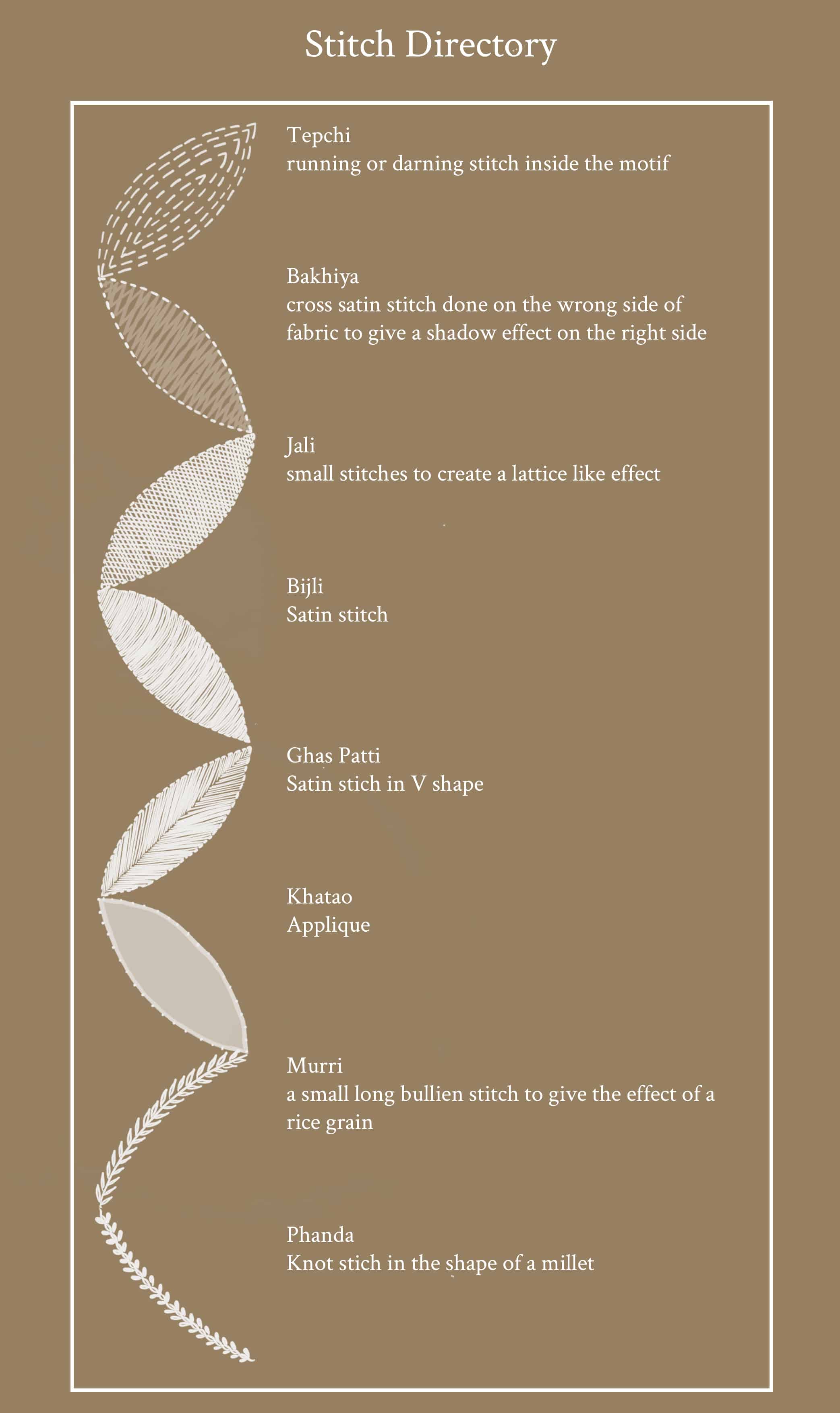

Pulled work (known in chikan work by the Hindi word Jali, which means ‘a window with a pierced lattice, which can be looked out of but not into’)
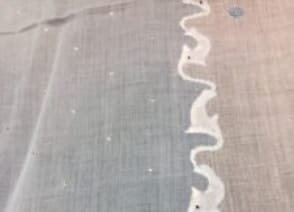
Applique work(an applique-and-cut technique. One piece of fabric is hemmed onto another piece of fabric and the extra fabric is cut away)
EMBROIDERY INSPIRATION
Back in the days, the cotton was suitable to chikankakari embroidery due to the warm, slightly humid climate
MARASIM CHIKANKARI EMBROIDERY LIBRARY
Marasim works with experienced artisans based in or around Lucknow. Our collaborating groups operate with different structures such as NGOs, Family groups, Self help groups, independent artisans etc. The most special part of Chinakari embroidery is that it is led by women. Gradually, we will share interviews, stories and images of our groups as a part of our artisan highlight series.
Sharing images from Marasim Library.
ABOUT THE AUTHOR
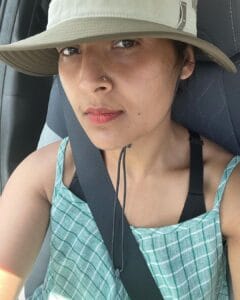 Nidhi Garg Allen is an alumnus of Parsons School of Design and Adjunct Professor at the Fashion Institute of Technology. She is a technologist turned artisan entrepreneur and the founder and CEO of Marasim. Marasim based in NYC is committed to preserving artisanal textiles that make use of regional techniques without uprooting craftspeople from their native communities
Nidhi Garg Allen is an alumnus of Parsons School of Design and Adjunct Professor at the Fashion Institute of Technology. She is a technologist turned artisan entrepreneur and the founder and CEO of Marasim. Marasim based in NYC is committed to preserving artisanal textiles that make use of regional techniques without uprooting craftspeople from their native communities


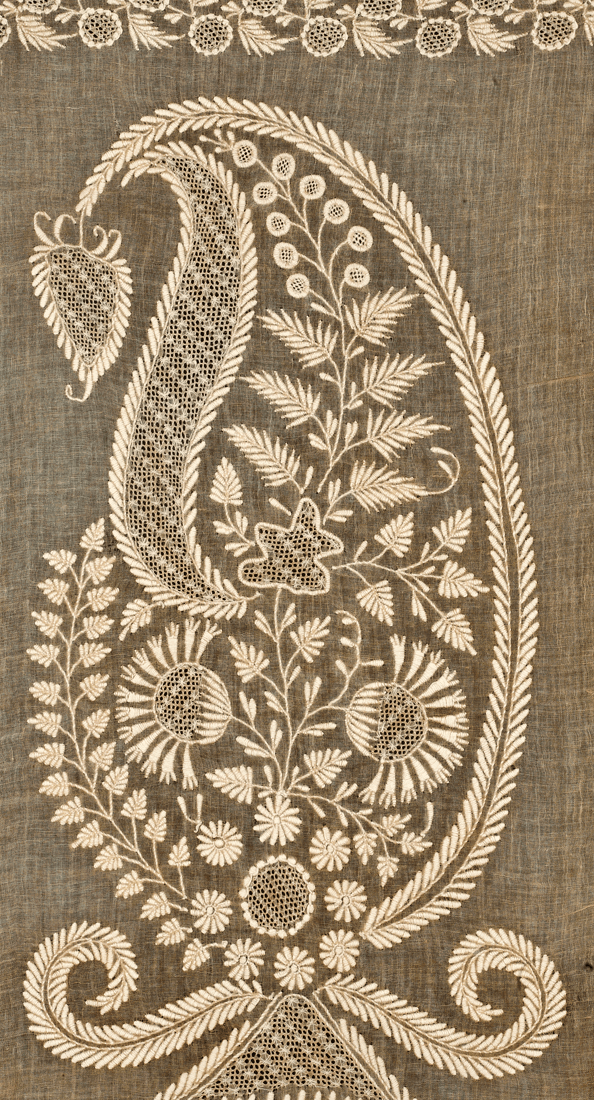

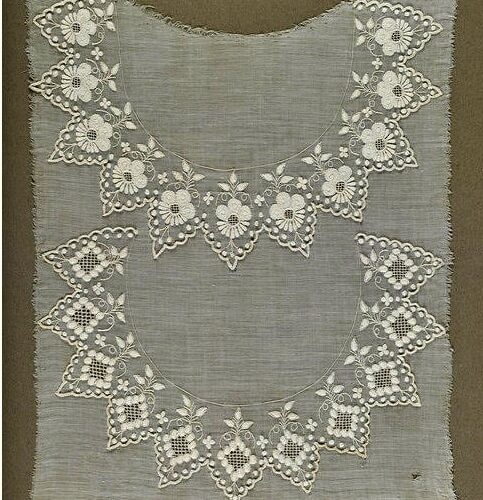


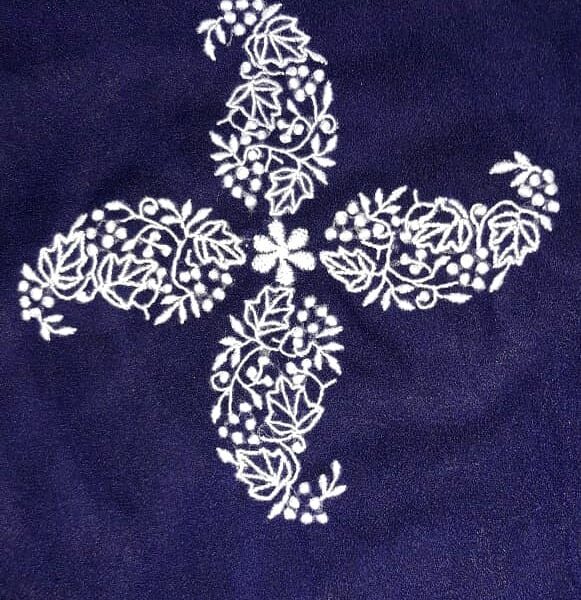
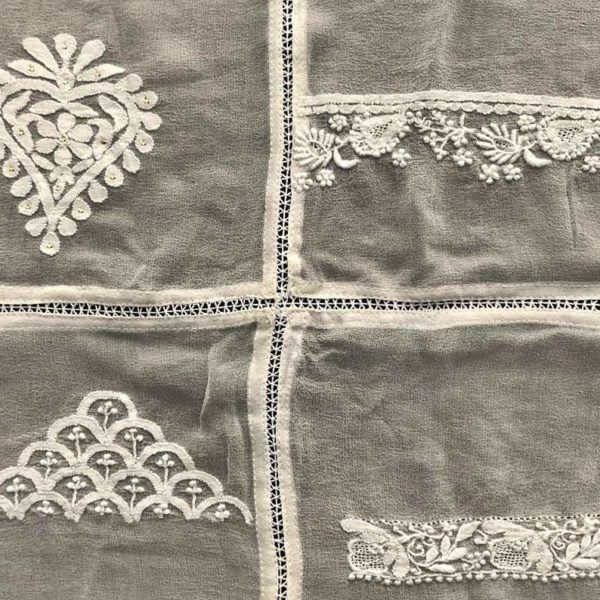
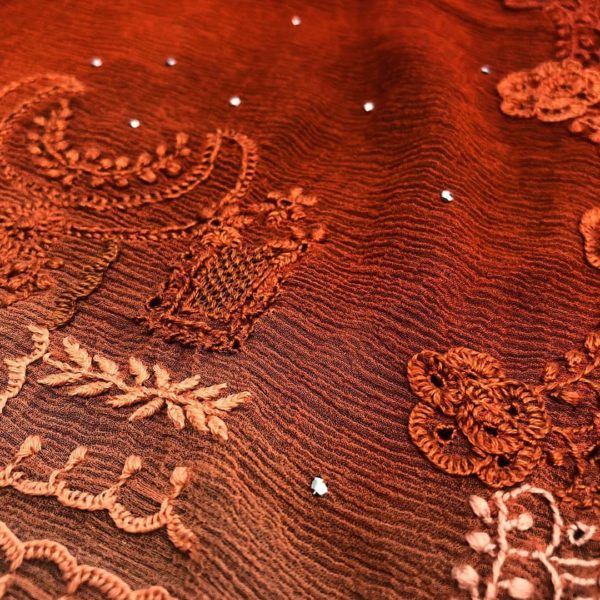
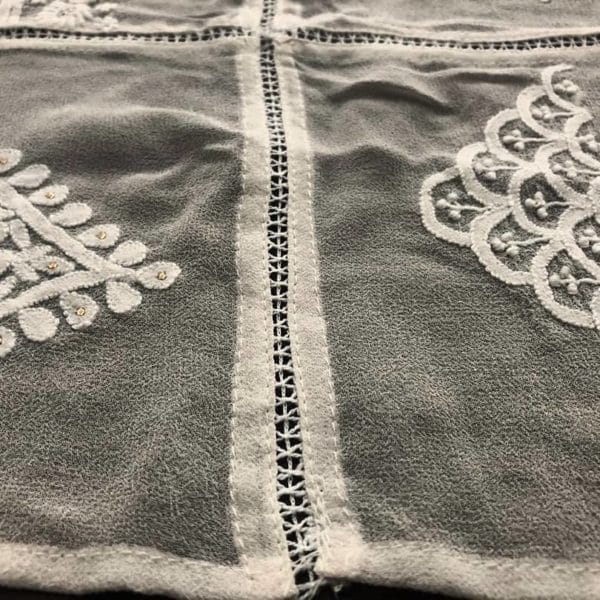


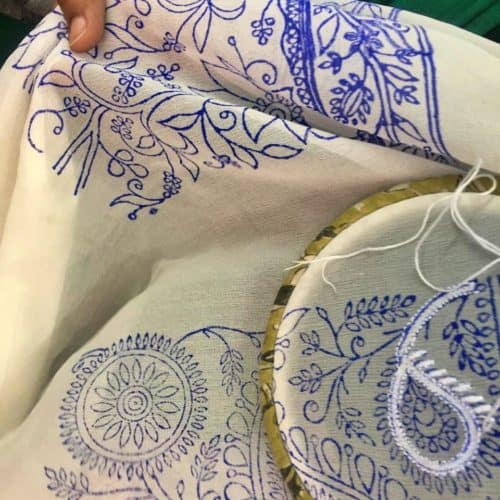
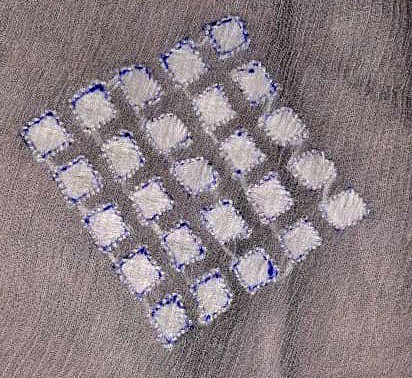
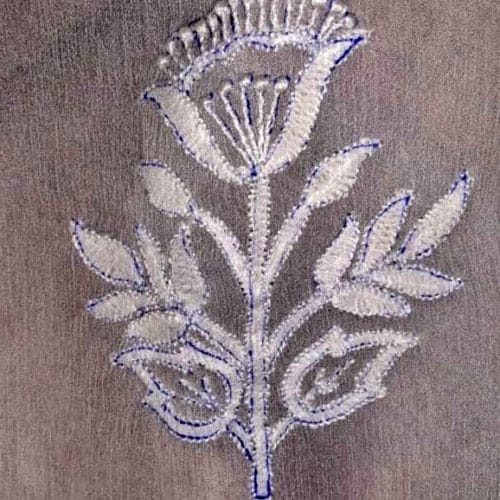
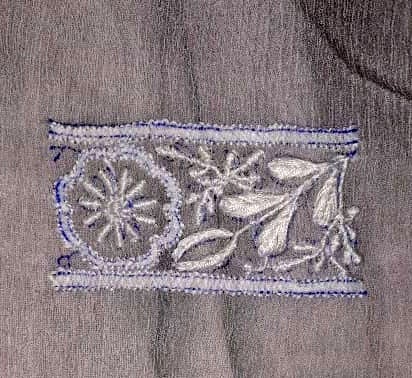
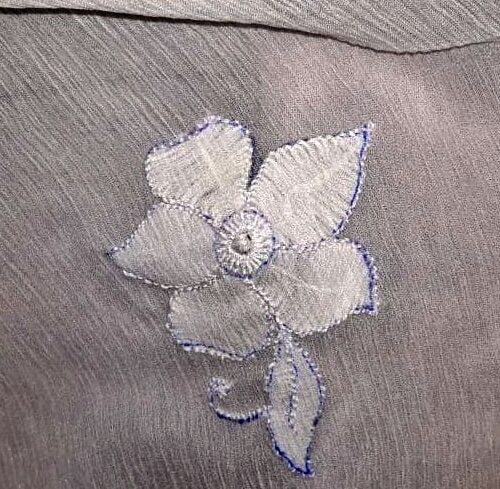





No Comments